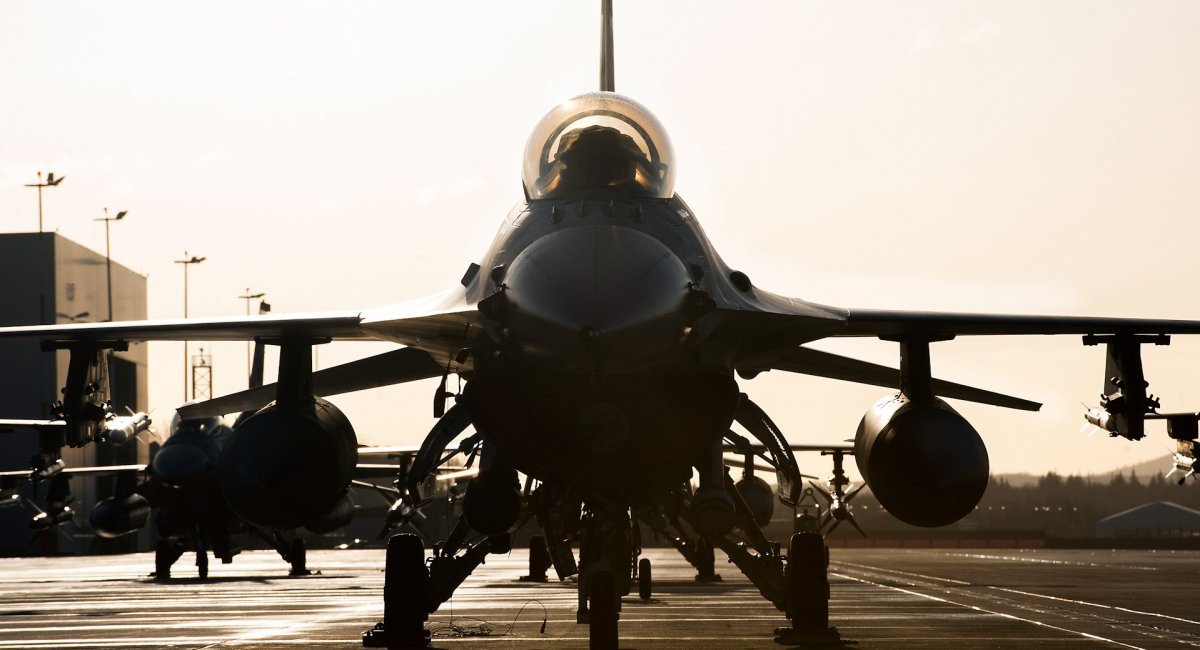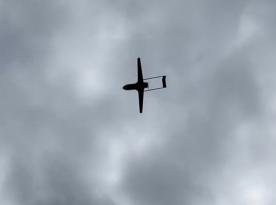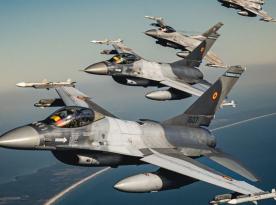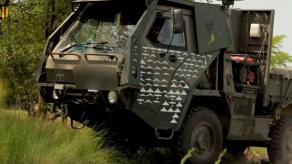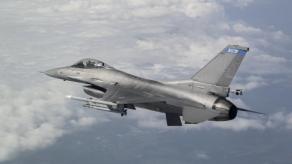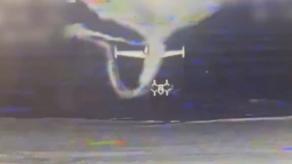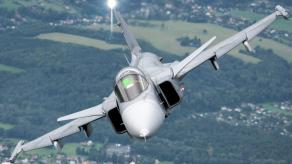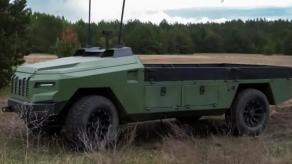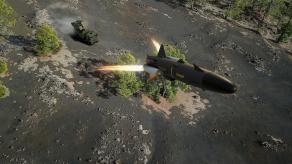Ukraine has finally received the long-awaited F-16 fighters. However, considering that just having a type of weapon is never enough for a breakthrough and that quantity becomes crucial, this parameter is extremely important.
Although 79 aircraft were promised, the deliveries are very stretched out, extending until 2028 when Belgium will transfer its last aircraft. Moreover, in the initial phase, Ukraine is unlikely to receive more than 10 to 20 planes.
Read more: Finally Official: F-16s in Ukraine – What's Behind the Strange Pylon and Golden Light?
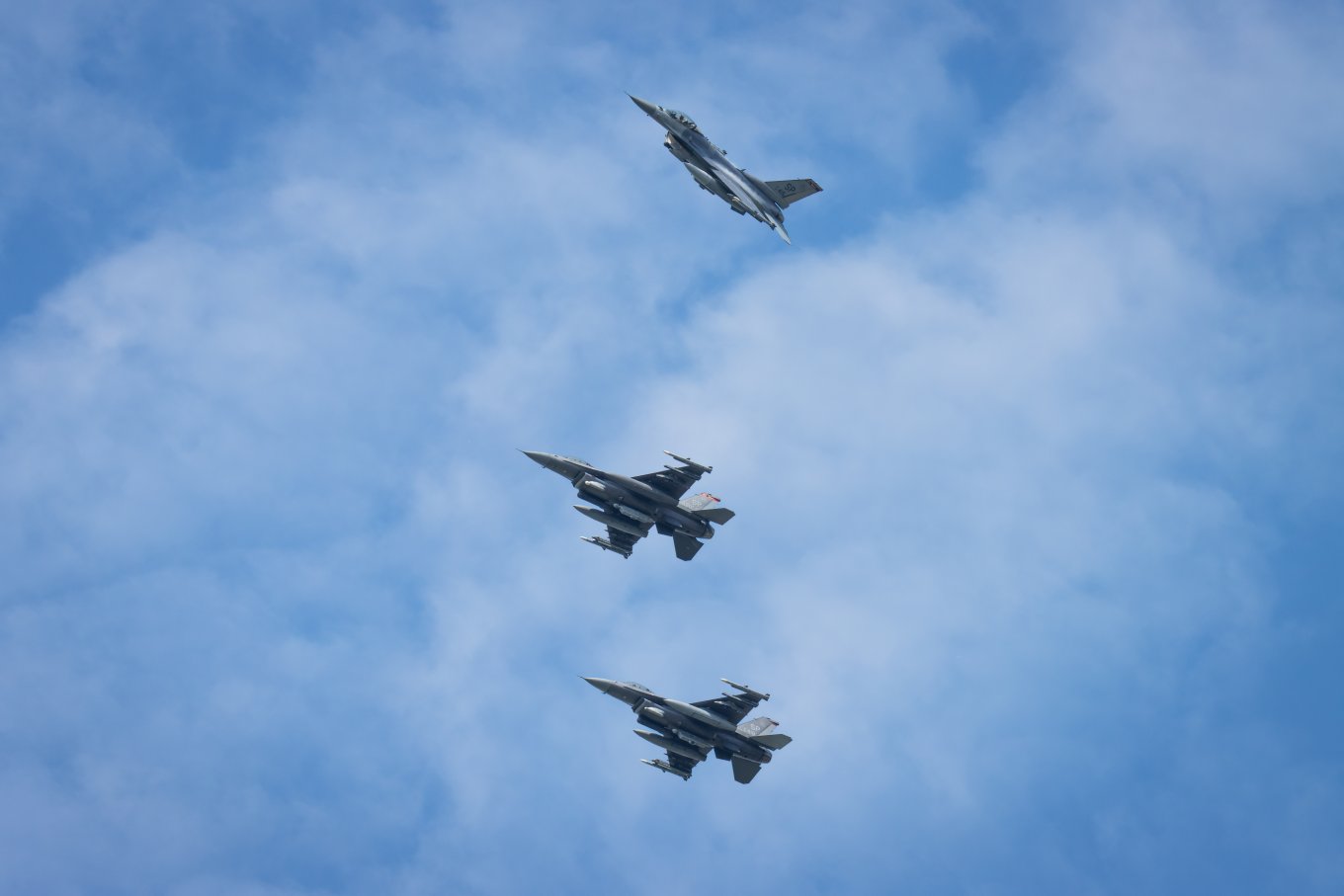
But if we imagine that Ukraine received all 79 or even 128 multirole fighters immediately, as stated by Ukrainian President Volodymyr Zelenskyy, it would not mean that the Air Force would get the same number of fully operational fighters. And this is not a paradox.
First, there is a need for pilots for the Ukrainian Air Force who have completed training and received F-16 pilot certification—at least 79 pilots. In reality, the required number is much higher to allow for shift work and adequate rest. The capacity of training centers is already known. The newly established training center in Romania recently graduated its first group of 7 pilots, who had trained for 8 months.
From February this year, it will be the only F-16 pilot training center in Europe. At the same time, Bucharest is objectively suffering from a shortage of pilots, as it only has a complement of 17 aircraft, which were purchased from Portugal in 2013, while the Romanian Air Force is currently being reinforced with 32 F-16s from Norway.
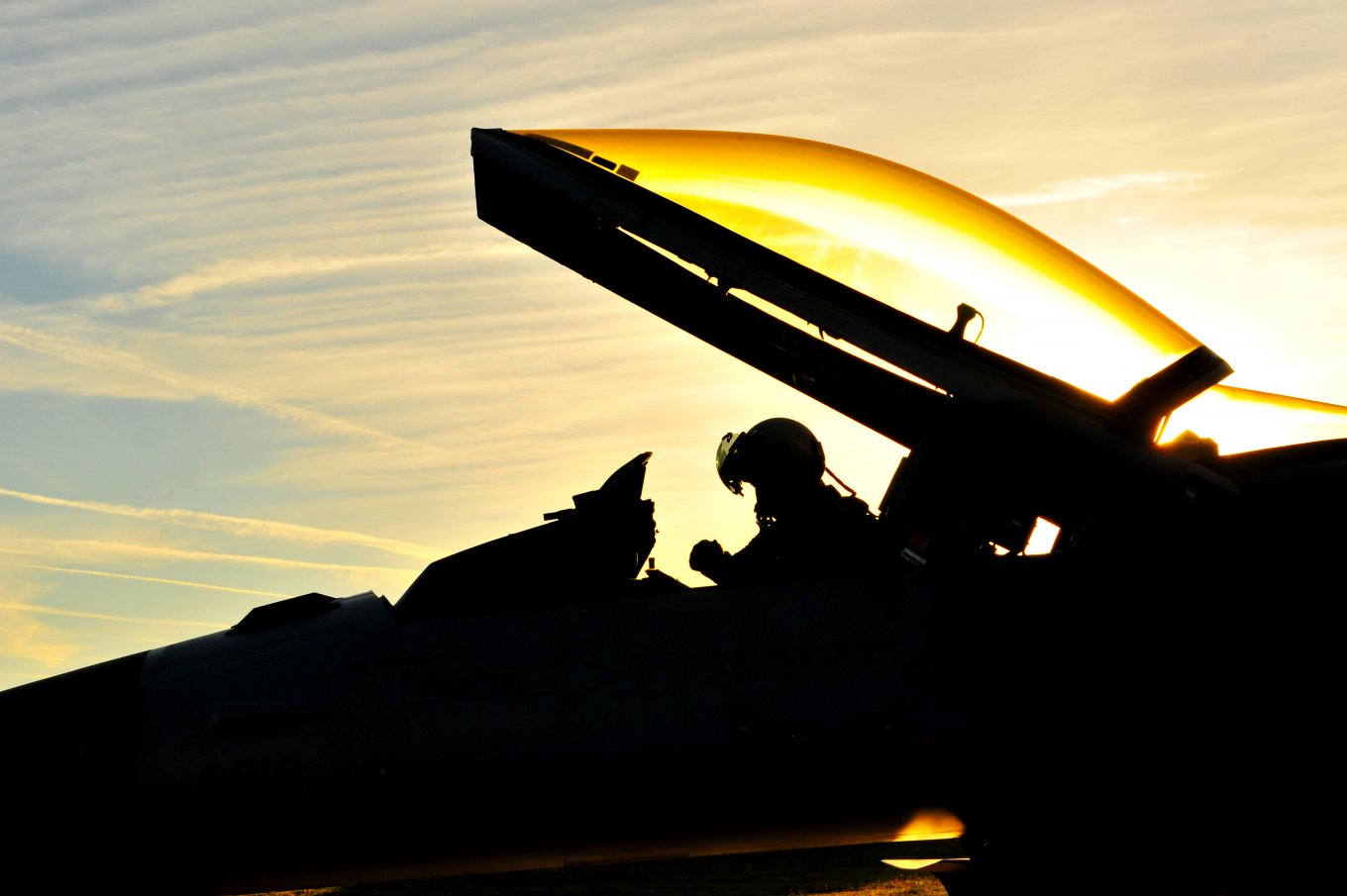
There is a question about training the technical personnel as well as maintaining and arming these aircraft. This aspect is also not straightforward. Specifically, there is a growing position in the U.S. that NATO European partners should purchase weapons for Ukrainian F-16s from the U.S.
Furthermore, it is necessary to account for the required spare parts, engines, components, and assemblies required for aircraft maintenance and repair. In addition, the capacity of aviation repair facilities must be considered, as maintaining and restoring aircraft operated in combat conditions is needed much more often than during peacetime.
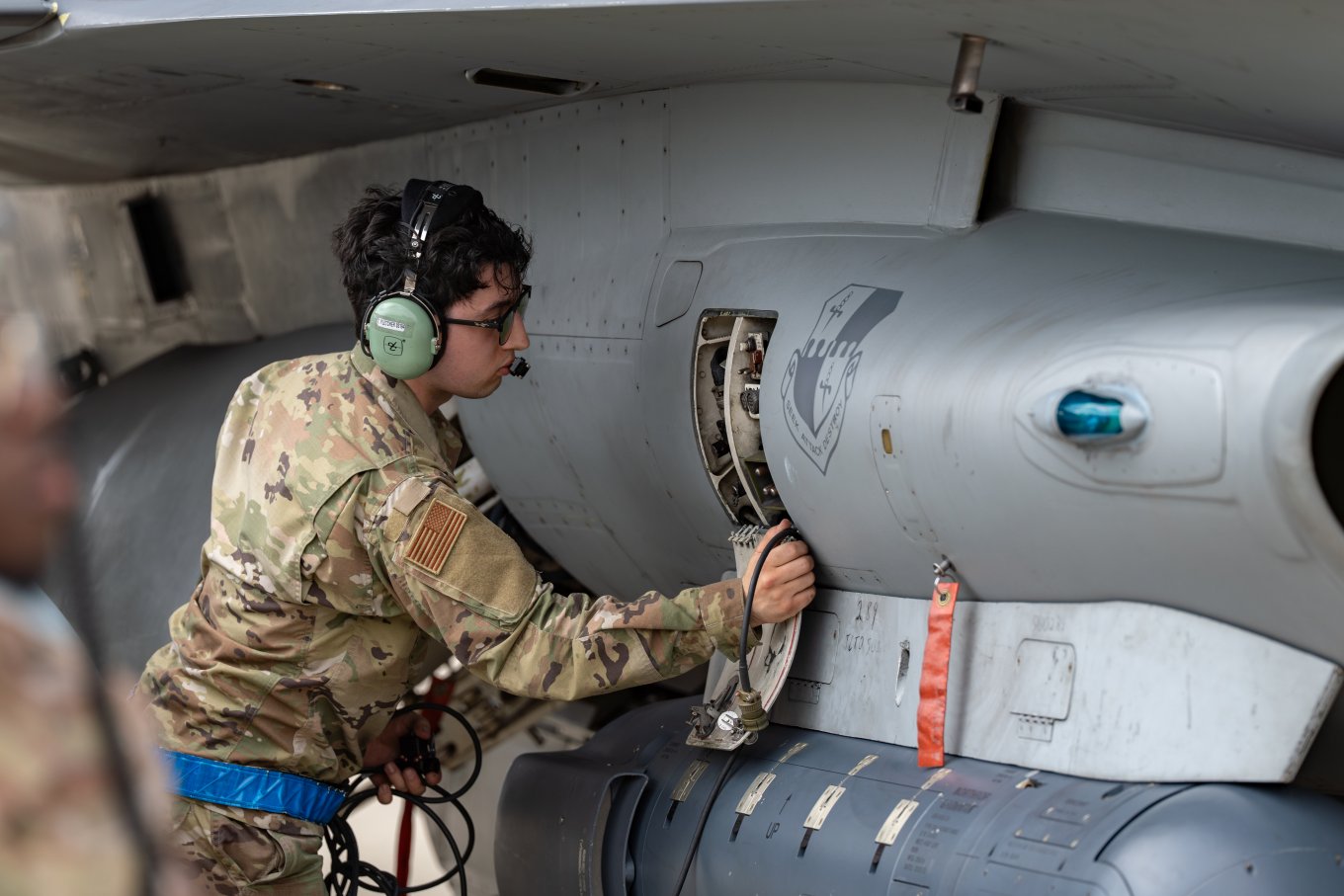
But let's assume this issue is resolved. The next challenge is where to position these 79 F-16s in Ukraine. It is crucial to avoid clustering them at a single airbase, which would make them an easy target for the enemy. Ideally, about 6–7 airbases should be used to disperse the fighters and place them in protected shelters. Additionally, the number of shelters needed should far exceed the number of aircraft.
Each airbase needs to be covered by at least one, preferably two, Patriot missile systems, along with additional air defense systems to counter enemy long-range attacks from russia’s arsenal, including hypersonic missiles and Shahed drones. It is essential to ensure electronic warfare capabilities and effective countermeasures against reconnaissance drones. This requires acquiring 6-14 more Patriot systems, additional NASAMS, and other necessary equipment, along with specialists skilled in their effective use.
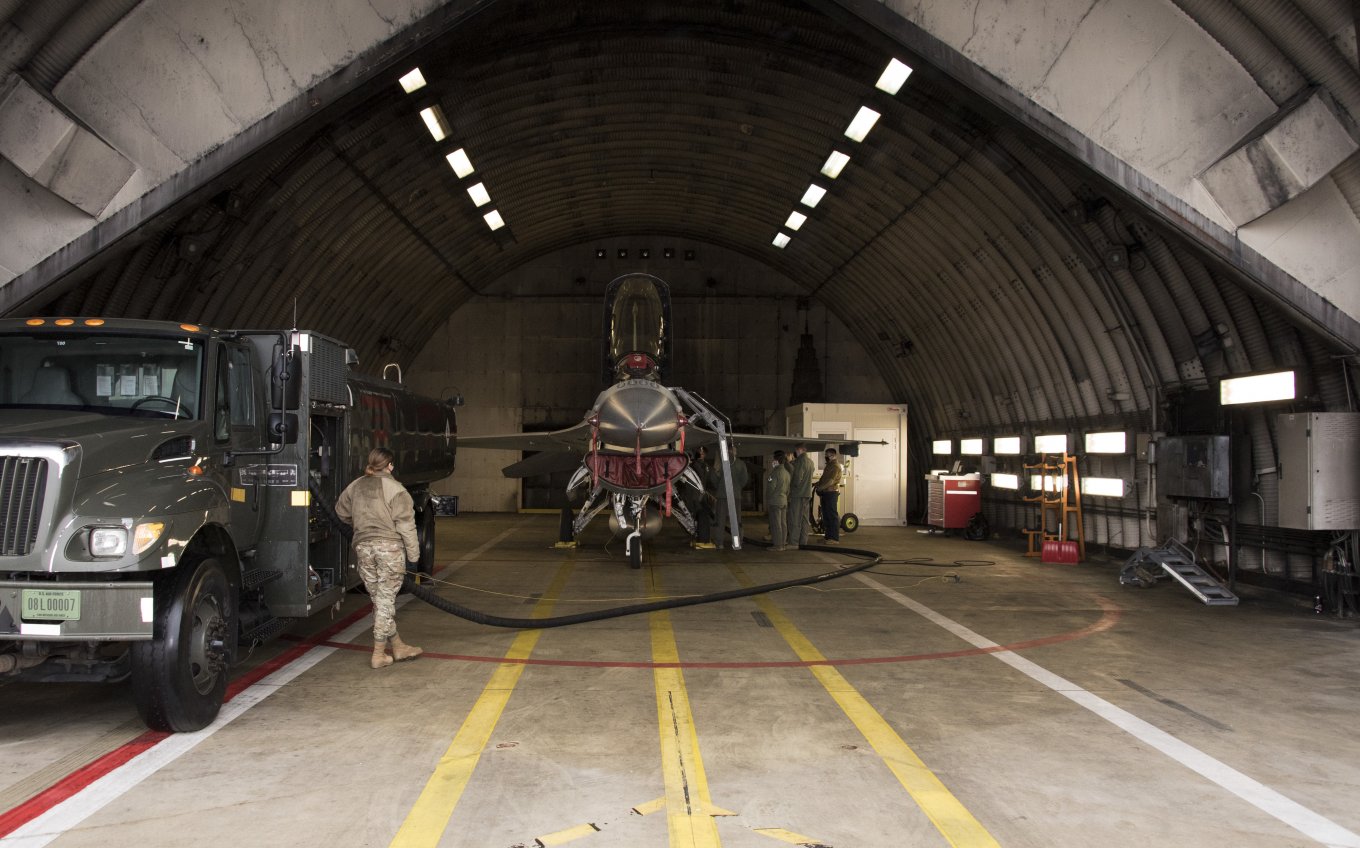
Therefore, despite the superficial belief that the main problem is the shortage of F-16 fighters, it is actually a complex series of global issues that follow one another in a chain reaction. However, the key point is that they will be gradually and systematically resolved.
Read more: Military Expert: Ukraine Might Receive F-35 Fighters in the Future After Receiving F-16 Aircraft




